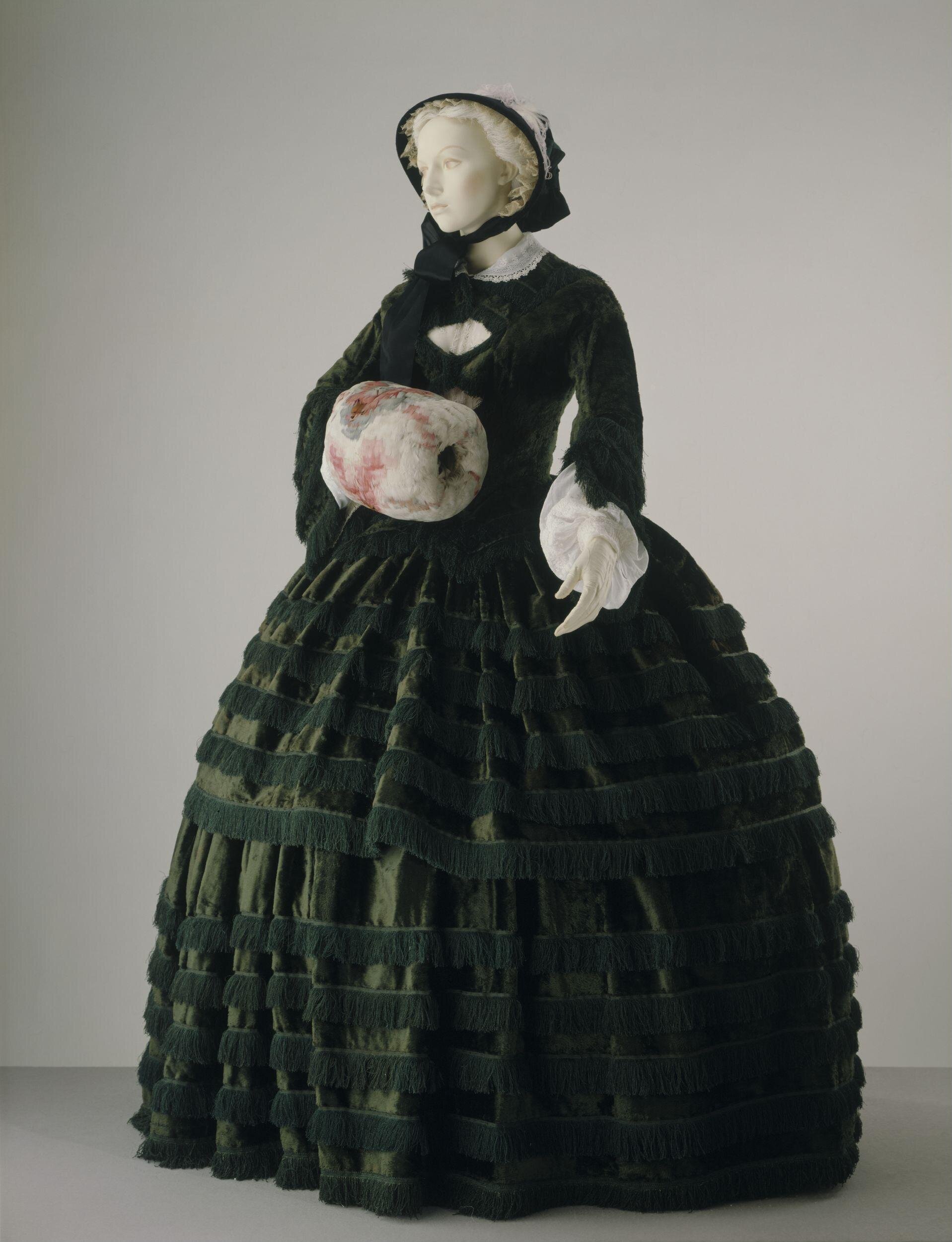Nothing says sweet, old-fashioned romance like a heart-shaped locket on a chain. It is a lovely tradition, saying so much about the person wearing it. But where did the history of lockets begin? Some say it is all due to queens, but I think there is a bit more to it, as I often do.
For the purposes of this post, I will be focusing primarily on sweetheart lockets that open and close.

Join the history of lockets! Get one of your very own here.
The history of lockets: more than kings and queens
The start of keeping it close to the heart
A lot of sources I came across for this post state that the oldest surviving locket is the ever-famous bracelet worn by Queen Elizabeth I herself. Known as the Chequers Ring, it holds two small portraits inside one of Elizabeth and one believed to be either her mother Anne Boylen, or her stepmother Catherine Parr.

As far as the history of lockets goes, this small, private keepsake, likely made in the 1570s, is considered by many to have kicked it all off. Perhaps. But considering how unlikely it would have been for the mass public to be so familiar with the queen’s small personal items, plus the fact that the maker was obviously equipt to construct such a thing, plus the fact that royalty enforced standards rather than made them, I argue that lockets existed before this. Few made before 1570 survive, and there is a plethora that were made shortly after.
Want to learn more about hidden meanings inside of jewelry? Read our post: The mysterious world of poison rings.

Image source: Met Museum

Image source: V&A Museum

The Romantic Era – made for lockets; or vice versa?
Now onto my next point which suggests that lockets were a circumstantial trend rather than one set by queens.
As with other popular fashions of the 19th century, Queen Victoria is credited with starting the craze. While she may have had a preference for lockets, she merely embraced their availability rather than created it.
How do I know? Because so many lockets exist from the Romantic Era.

Image source: Met Museum
Lockets and Romanticism fit together like puzzle pieces. Says the Internet Public Library:
“Romanticism gave birth to a whole new age and mentality, focusing its intention on emotion, freedom, self-consciousness and imagination. It was ultimately a revolt against all previous social, political and religious conventions. Romanticism made way for balance, harmony and idealization, which reflected on the desire of self without any other systematic influence.”
A focus on emotion led to another societal transformation; marriage because of love. As such, suitors began to gift their intended with trinkets to mark their territory (for lack of a better analogy). Indeed, during this time, the person featured in the locket was most commonly the gift giver.

Image source: Met Museum

Image source: Met Museum
Queen Victoria and her lockets
Queen Victoria may not have been responsible for the popularity of lockets in the 19th century (in my opinion) but she did wear many.
People in the Victorian era were very concerned and preoccupied with concepts related to death, including remembering those who had passed. Jewelry clearly reflects this mindset, with “mourning jewelry” still being studied today. The Queen’s collection is a perfect example.
The locket below is a quintessential example of one from the time. It includes a lock of her husband Albert’s hair on one side and his portrait on the other.

I came across many such lockets from the same period.


Image source: V&A Museum
What do you think of hair jewelry? Let us know on our post: Victorian Hair Jewelry: Yay or Nay?
WWII sweetheart lockets
I would be remiss to discuss the history of lockets without highlighting what was perhaps the last major trend with the subtle yet significant trinket. World War II threw the world and families into unprecedented uncertainty. By this time couples were almost exclusively getting together because of love rather than economics. Combine this with the fact that men who went to fight were likely not to return and also needed motivation to stay strong and lockets soared in popularity.
Soldiers would often be given lockets with their intended before leaving home, but they were also sent as inspirational mementos as the war dragged on and on. I read several times that they were sold to-go at post offices, though I failed to find any advertisements. I did, however, find the following examples of WWII lockets.


Do you have a locket? What do you keep inside it? Let us know in the comments.
More about accessories from antiquity:
Pioneer Clothing: Accessories Women Wore on the Frontier
The multiple meanings of “corsage”














Leave A Comment